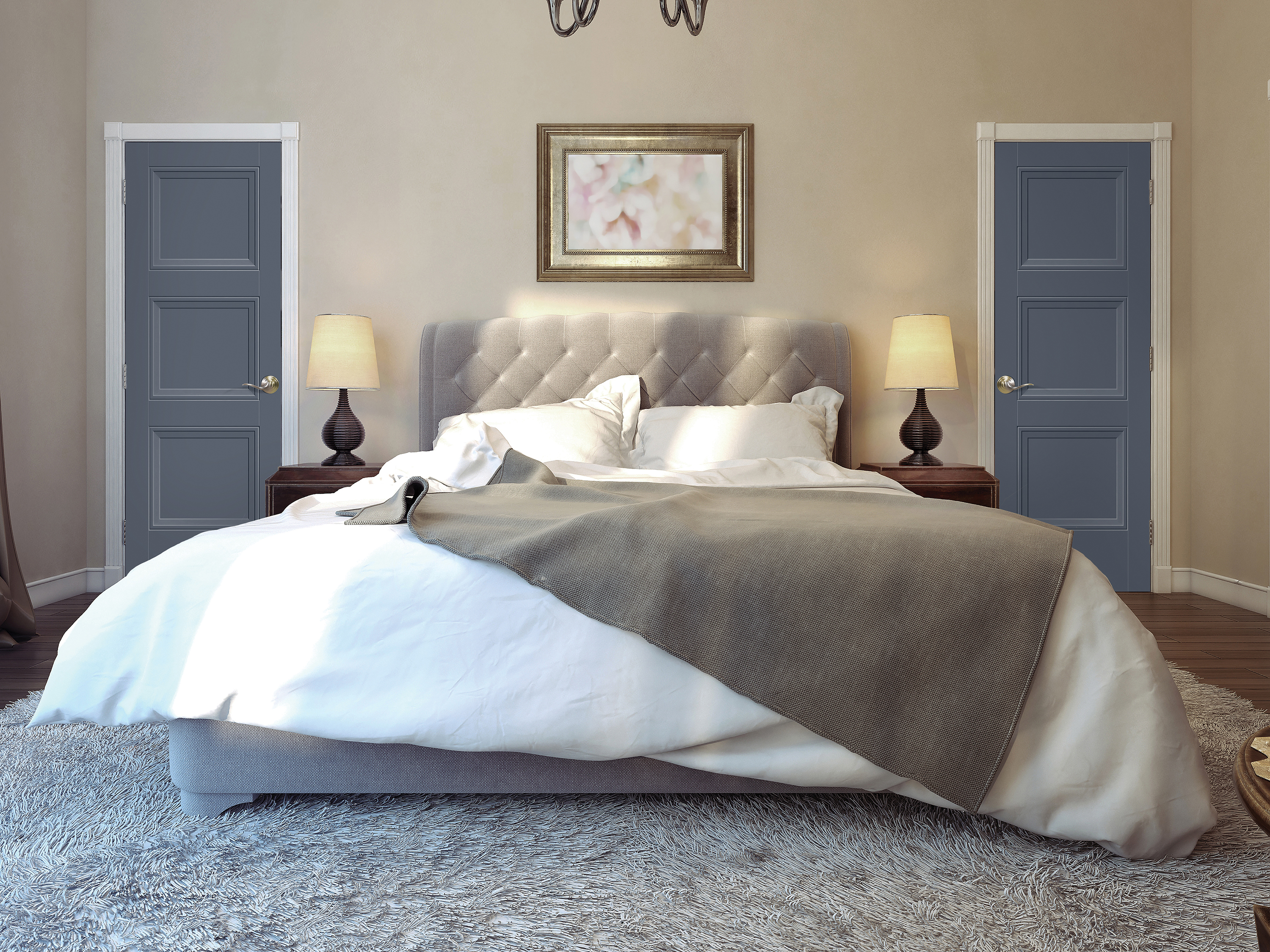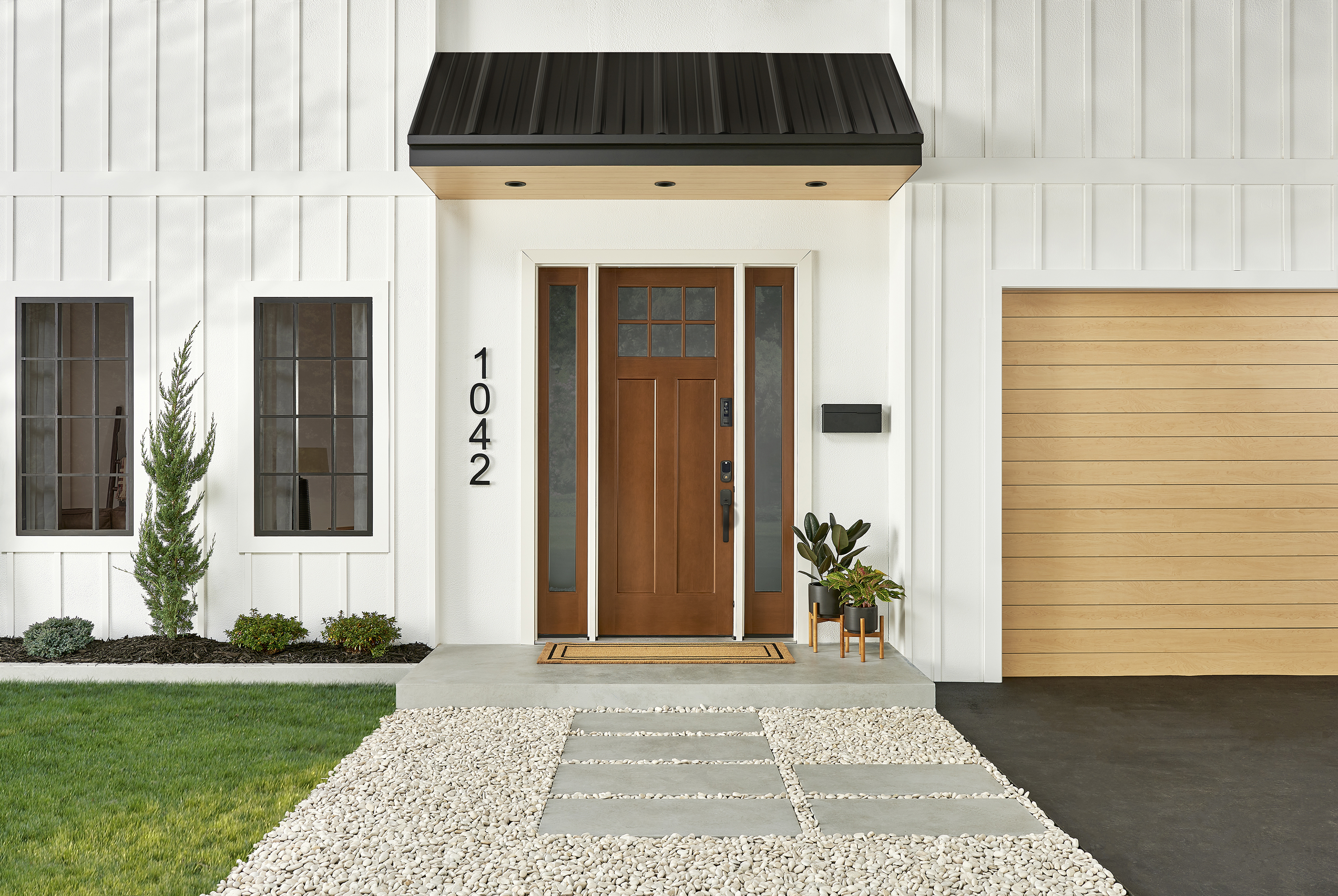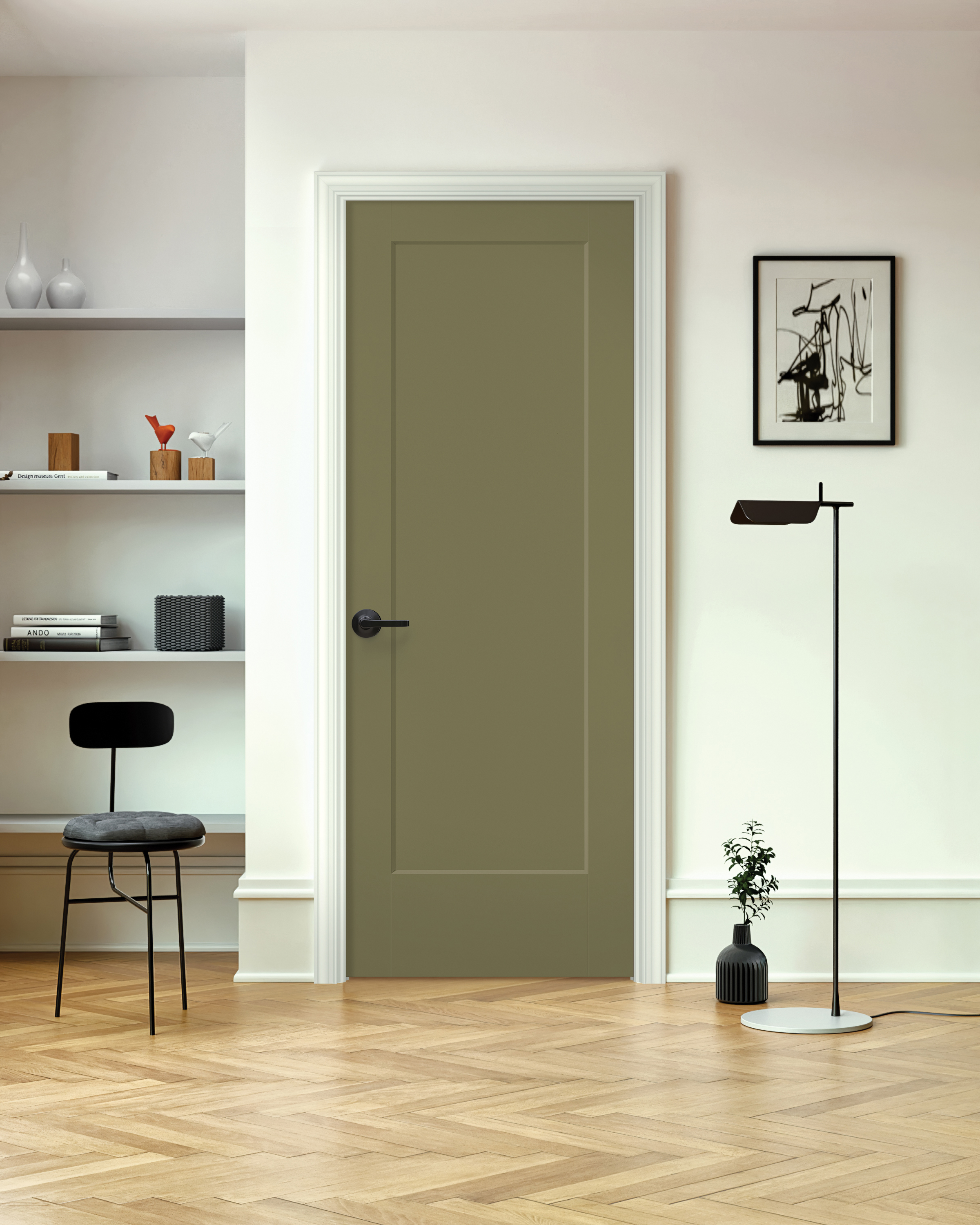
Product

Product

Product

Style Stories

Expert Guidance

Product
Whether you’re switching out an old door, remodeling a room or building a new home, we’re here to help. Browse the categories below for guidance in finding the perfect door for your home.




Visit the how-to pages full of tips, tricks and instructions.
Ready to select the right door? We’ll walk you through the process and answer any questions that come up along the way.
